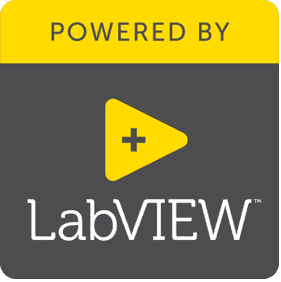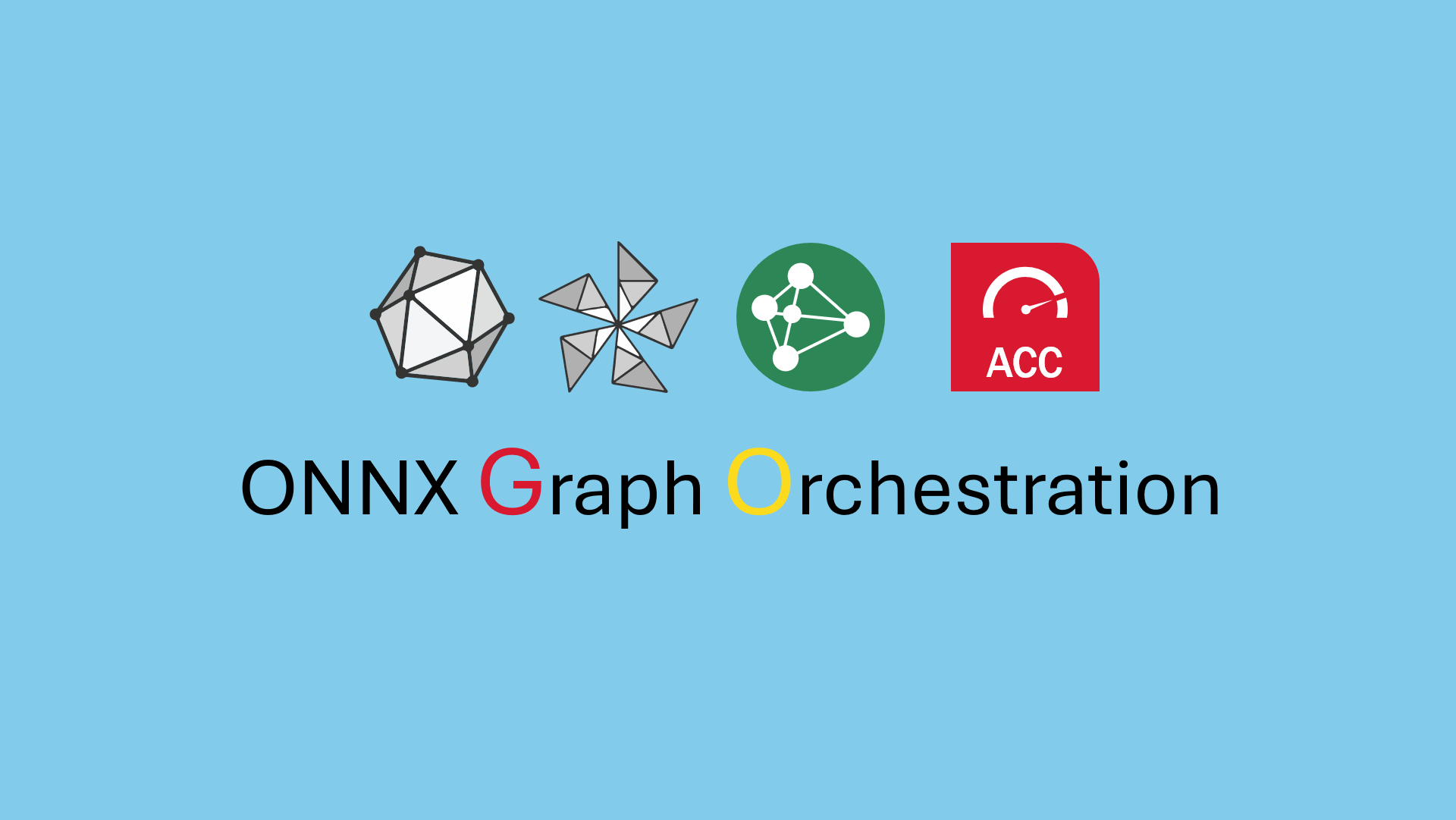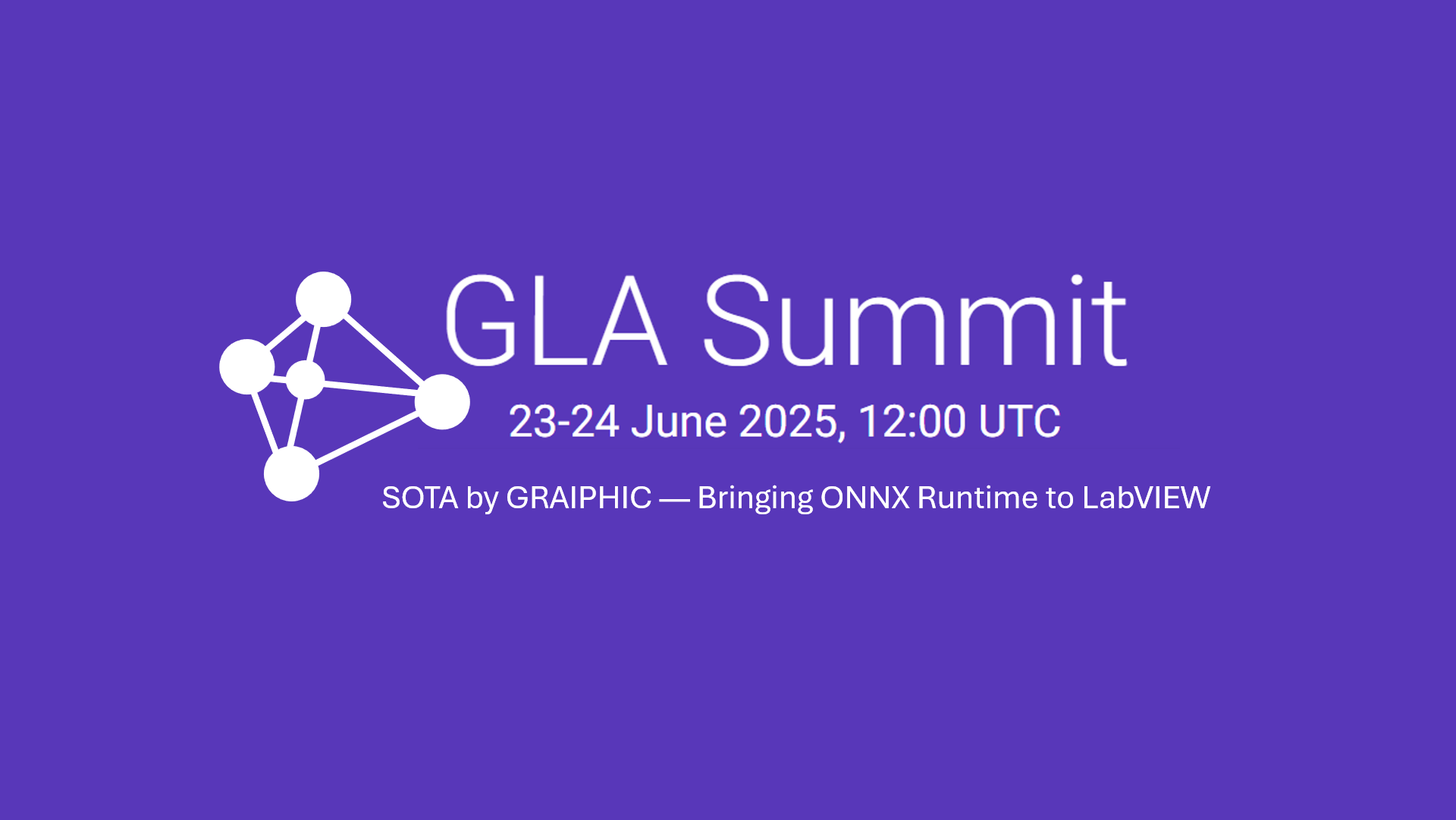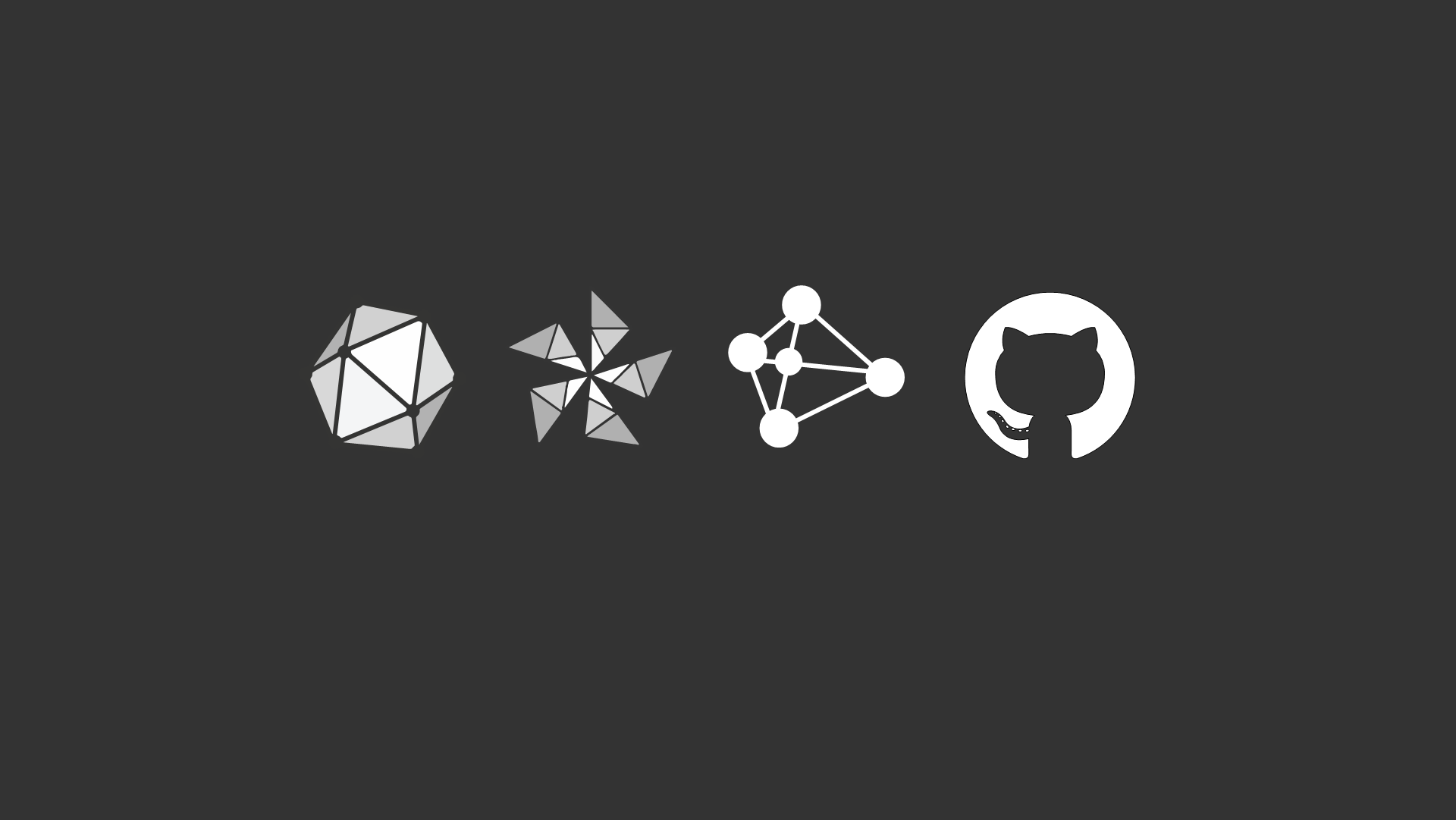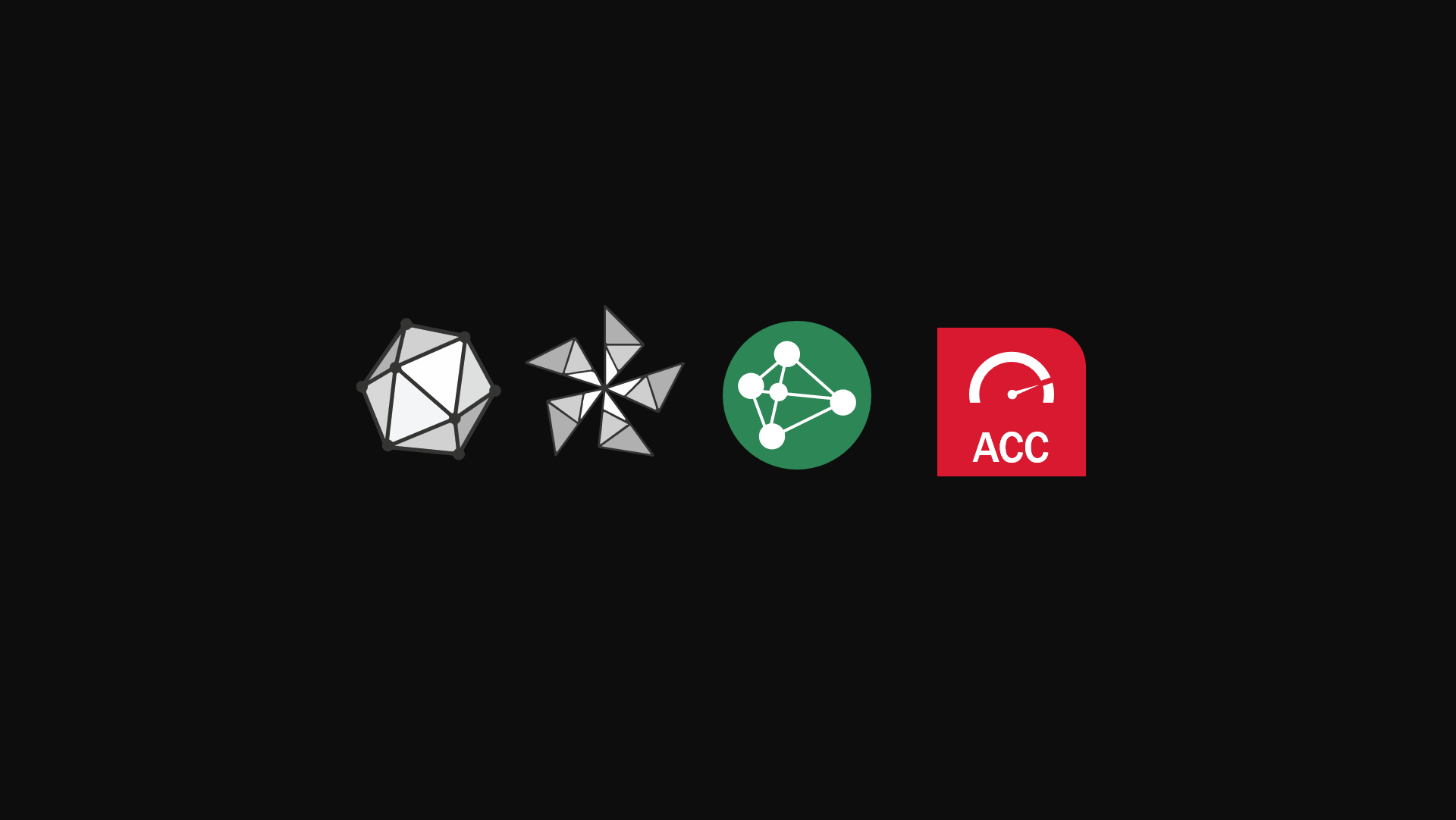RELEASE DATE
As we have finished the functional part of the library and are starting to work on the optimization part (acceleration of algorithme). We are proud to announce that HAIBAL will be released on August 10, 2022.
LIST OF THE LAYERS AVAILABLE FOR OUR FIRST RELEASE
ELU2D, Add2D, Add3D, Add4D, AdditiveAttention, AlphaDropout2D, AlphaDropout3D, AlphaDropout4D, AlphaDropout5D, Attention, Average2D, Average3D, Average4D, AvgPool1D, AvgPool2D, AvgPool3D, BatchNormalization2D, BatchNormalization3D, BatchNormalization4D, BatchNormalization5D, BatchNormalization6D, Bidirectional, Concatenate, Conv1D, Conv1DTranspose, Conv2D, Conv2DTranspose, Conv3D, Conv3DTranspose, ConvLSTM1D, ConvLSTM2D, ConvLSTM3D, Cropping1D, Cropping2D, Cropping3D, Dense, DepthwiseConv2D, opout2D, Dropout3D, Dropout4D, Dropout5D, ELU3D, ELU4D, ELU5D, Embedding, Exponential2D, Exponential3D, Exponential4D, Exponential5D, Flatten, GaussianDropout2D, GaussianDropout3D, GaussianDropout4D, GaussianDropout5D, GaussianNoise2D, GaussianNoise3D, GaussianNoise4D, GaussianNoise5D, GELU2D, GELU3D, GELU4D, GELU5D, GlobalAvgPool1D, GlobalAvgPool2D, GlobalAvgPool3D, GlobalMaxPool1D, GlobalMaxPool2D, GlobalMaxPool3D, GRU, HardSigmoid2D, HardSigmoid3D, HardSigmoid4D, HardSigmoid5D, LayerNormalization2D, LayerNormalization3D, LayerNormalization4D, LayerNormalization5D, LeakyReLU2D, LeakyReLU3D, LeakyReLU4D, LeakyReLU5D, Linear2D, Linear3D, Linear4D, Linear5D, LSTM, MaxPool1D, MaxPool2D, MaxPool3D, MultiHeadAttention, Multiply2D, Multiply3D, Permute3D, PReLU2D, PReLU3D, PReLU4D, PReLU5D, ReLU2D, ReLU3D, ReLU4D, ReLU5D, Reshape, RNN, SELU2D, SELU3D, SELU4D, SELU5D, SeparableConv1D, SeparableConv2D, Sigmoid2D, Sigmoid3D, Sigmoid4D, Sigmoid5D, SimpleRNN, SoftMax2D, SoftMax3D, SoftMax4D, SoftMax5D, SoftPlus2D, SoftPlus3D, SoftPlus4D, SoftPlus5D, SoftSign2D, SoftSign3D, SoftSign4D, SoftSign5D, SpatialDropout1D, SpatialDropout2D, SpatialDropout3D, Substract2D, Substract3D, Substract4D, Substract5D, Swish2D, Swish3D, Swish4D, Swish5D, TanH2D, TanH3D, TanH4D, TanH5D, ThresholdedReLU2D, ThresholdedReLU3D, ThresholdedReLU4D, ThresholdedReLU5D, UpSampling1D, UpSampling2D, UpSampling3D, ZeroPadding1D, ZeroPadding2D, ZeroPadding3D.
THE ARCHITECTURE
Combined with the G-LabVIEW language, HAIBAL is simply brilliant !
We have created an easy to use library, compatible with the Keras trained model, written natively in LabVIEW and therefore, totally integrable to complex industrial systems.
THE G LANGUAGE: GRAPHICAL PROGRAMMING BY DATA FLOW
FROM SCHEMA TO PROGRAM
The programming language used in LabVIEW, named G, works by data flow. The execution of a code is determined by a graphical schema, the diagram, which is the source code. The programmer connects different functions in the form of icons in the diagram through wires drawn between the endings of the icon blocks. Each thread propagates the variables in the code and each node executes as soon as all the inputs to an icon function are available.
Syntax highlighting, born like LabVIEW in the mid-1980s, is complemented in the diagram editor by shape (thickness, patterns, symbols) and geometry (size, alignment, layout) elements that strongly impact the readability of the code, for good or bad depending on the care taken by the writer.
This way of programming proposes an intrinsic capacity to describe independent treatments and thus LabVIEW allows the execution of code in multitask. On multicore machines, LabVIEW distributes these tasks automatically to the different cores while exploiting the multithreaded capacity of the operating systems.
SOFTWARE NEEDED
- LabVIEW 2020 (or latest)
- HAIBAL Deep Learning development module





